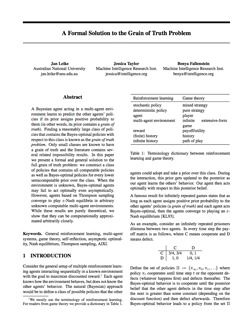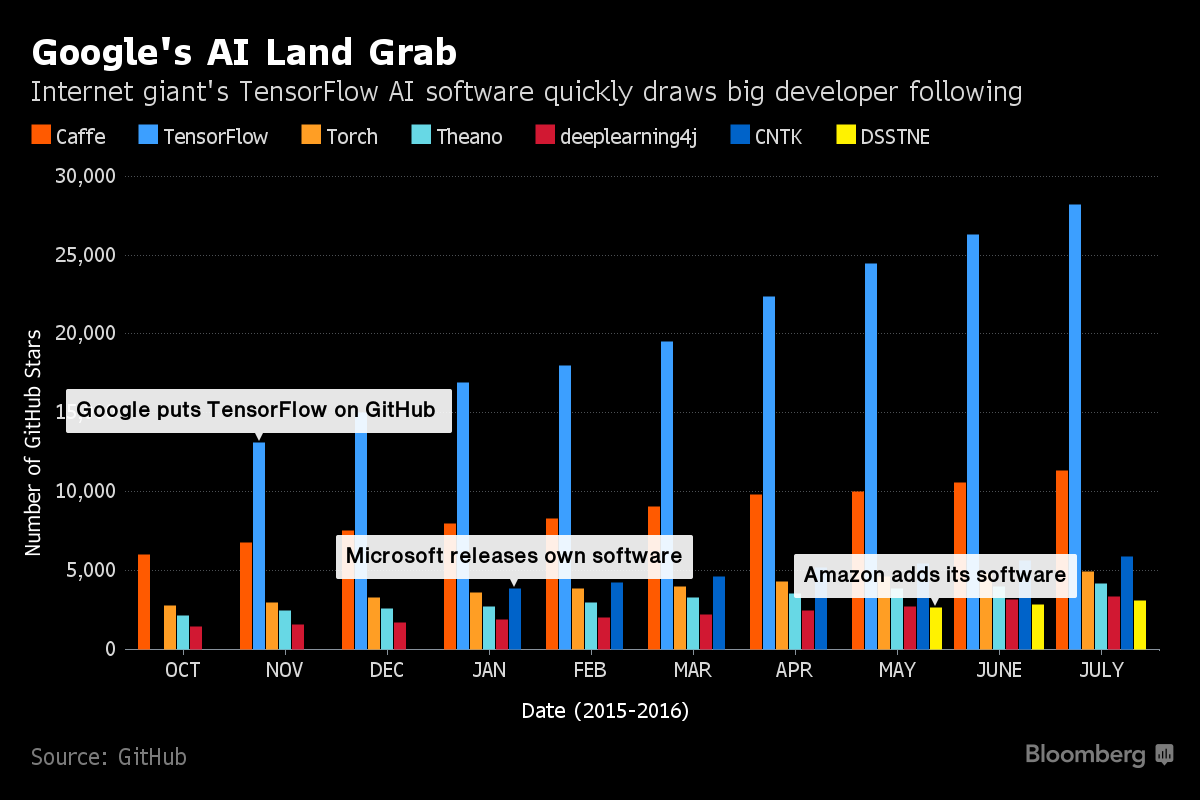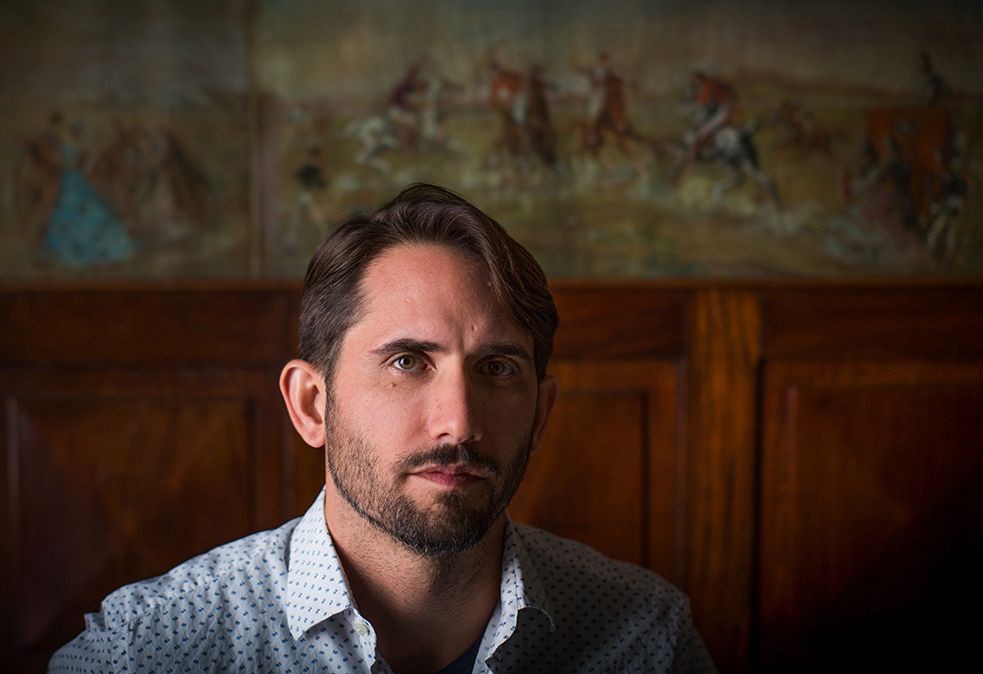Google and a team of researchers from various universities managed to simulate the hydrogen molecule on a quantum computer for the first time.



The UK’s first double hand transplant operation has taken place at Leeds General Infirmary and the patient says his new hands look “tremendous”.
Chris King, from Doncaster, lost both his hands, apart from the thumbs, in an accident involving a metal pressing machine at work three years ago.
The 57-year-old received two new hands from a donor and says he already has some movement in them.

Overview
This is the third article in a series of posts documenting how a team of six interns used IBM Watson to program robots to play poker.
In the previous article, we introduced the Watson services that are available to developers and how to interact with them with Watson Developer Cloud. In this article, we’ll show how we used the Speech-to-Text service to extract speech from audio.

“Future of Humanity Institute Research Fellow Jan Leike and MIRI Research Fellows Jessica Taylor and Benya Fallenstein have just presented new results at UAI 2016 that resolve a longstanding open problem in game theory: “A formal solution to the grain of truth problem.””

“There’s a high-stakes race under way in Silicon Valley to develop software that makes it easy to weave artificial intelligence technology into almost everything, and Google has sprinted into the lead.”

US social networking giant Facebook announced on Thursday a successful test of its solar-powered Aquila drone, which will beam Internet to people in remote areas.
MOSCOW (Sputnik) — Facebook has been working on Aquila Project with leading experts in aerospace and communication technologies, from NASA’s jet propulsion lab to a small UK firm that created one of the world’s longest flying solar-powered drones.


Why biometrics will need and form of id to properly perform security checks.
Impersonators in many cases apparently had used synthetic bandages bearing thumb impressions of actual candidates. “Traditionally, fingerprints were used as evidence in court cases and even in high-tech security systems. But revelations by those arrested for impersonation in Bihar are proving to the world of forensic sciences that creating forged, latent fingerprints is relatively easy,” claims Dr Anand Rai, whistle-blower in the MPPEB scam. In the past, Rai had requested STF officials to look into interrogation reports of 140 impersonators arrested by the Bihar police during a constable recruitment exam.
Source: http://timesofindia.indiatimes.com/city/bhopal/MP-scamsters-…311540.cms

Hmmm.
Amazon’s Prime Air drone delivery service, if it ever gets off the ground, could one day use the top of street lights, cell towers, and even church steeples as docking stations for its flying machine.
The stations would serve as charging points for the drones, enabling them to stop off at multiple points for a battery boost thereby giving them a much greater flying range. Such a system could, in theory, open up pretty much the whole of the country to the possibility of drone delivery, as a single drone could hop from point to point on its way to an address.
The docking stations could also shelter the drones from harsh weather conditions that may develop after they leave the distribution center to begin their delivery run.